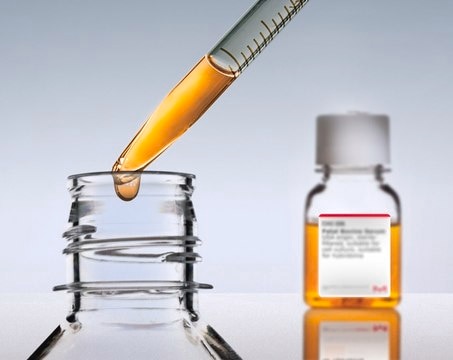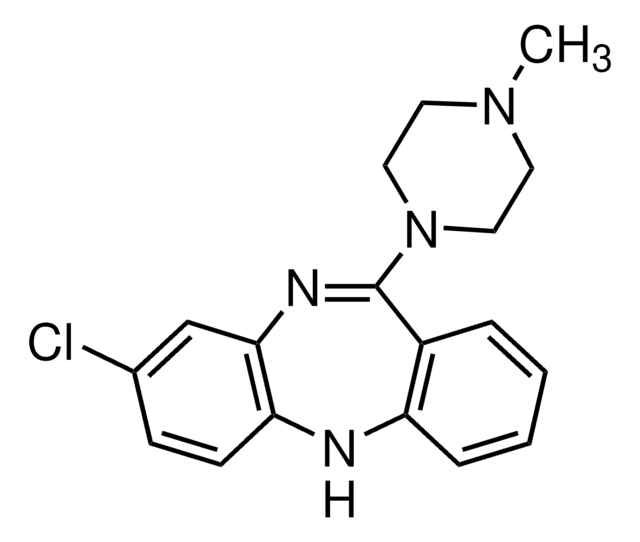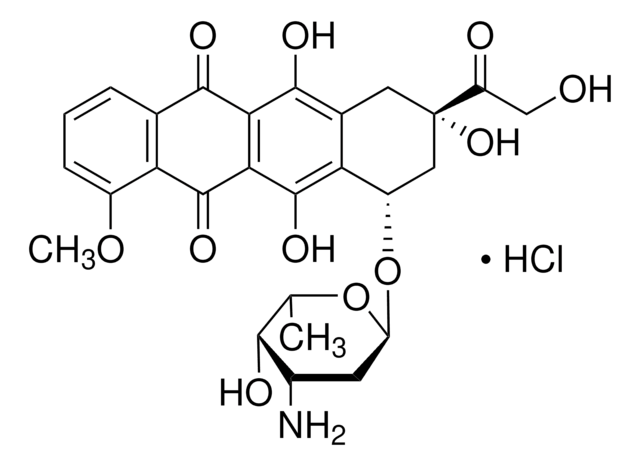F0926
Fetal Bovine Serum
USDA approved, sterile-filtered, suitable for cell culture
Synonym(s):
Fetal Bovine Sera, Fetal Calf Sera, FBS, FCS, sera, serum
About This Item
Recommended Products
biological source
bovine fetus
Quality Level
sterility
sterile-filtered
product line
FBS Classic
quality
USDA approved
composition
Hemoglobin, ≤25 mg/dL
technique(s)
cell culture | mammalian: suitable
impurities
≤10 EU/mL endotoxin
shipped in
dry ice
storage temp.
−20°C
Looking for similar products? Visit Product Comparison Guide
Related Categories
General description
Application
Fetal Bovine Serum has been used for the following cell cultures:
- Primary Culture Human Macrophages (mononuclear cells were re-suspended in Roswell Park Memorial Institute (RPMI) medium containing fetal bovine serum (FBS) along with other components).
- Tissue Culture (MEFs were cultured in DMEM supplemented with FBS along with components).
- Isolation and 3D culture of primary mammary epithelial organoids
- Cell culture and medium (HUVECs were grown in Endothelial Cell Growth Medium-2 supplemented with FBS and growth factors)
Suitability
Analysis Note
- Endotoxin and hemoglobin tested
- Tested for the presence of bacteria, virus, and mycoplasma
- Triple filtered with 0.1 micron membrane under aseptic conditions
Storage Class
10 - Combustible liquids
wgk_germany
WGK 3
flash_point_f
Not applicable
flash_point_c
Not applicable
ppe
Eyeshields, Gloves
Certificates of Analysis (COA)
Search for Certificates of Analysis (COA) by entering the products Lot/Batch Number. Lot and Batch Numbers can be found on a product’s label following the words ‘Lot’ or ‘Batch’.
Already Own This Product?
Find documentation for the products that you have recently purchased in the Document Library.
Customers Also Viewed
Articles
Cultured cells are excellent hosts for the propagation of many types of viruses. The ability of cell culture systems to produce large quantities of attenuated viral particles has served as the basis for the production of both human and veterinary vaccines. Traditional methods have relied on the production of viral agents in cells cultured in medium supplemented with serum, most commonly fetal bovine serum (FBS).
Review the basics of using fetal bovine (or calf) serum for cell culture and how sourcing and regulations affect the price of sera for cell-based assays.
Find answers to frequently asked questions (FAQs) about FBS and other serum products, and links to related products.
Protocols
This detailed procedure allows you to transduce Mouse Embryonic Fibroblasts (MEF) using MISSION ExpressMag Super Magnetic Kit.
Our team of scientists has experience in all areas of research including Life Science, Material Science, Chemical Synthesis, Chromatography, Analytical and many others.
Contact Technical Service



